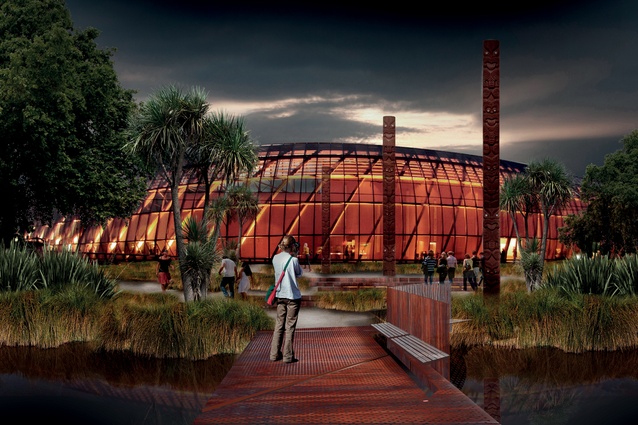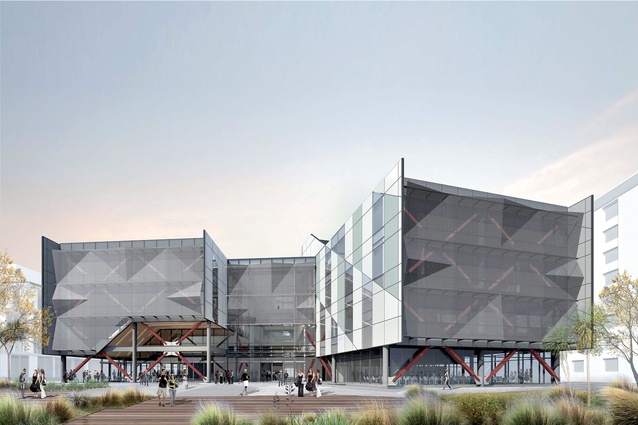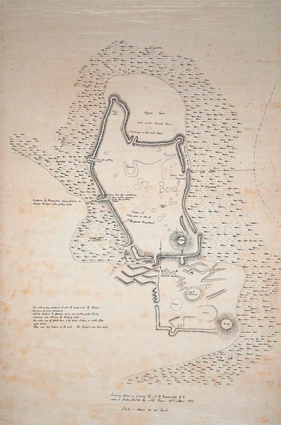Te Noho Kotahi: Identity and reconciliation in post-quake Canterbury
Te Ari Prendergast, architectural graduate at Chow:Hill Architects, discusses "Te Noho Kotahi: identity and reconciliation in post-quake Canterbury".
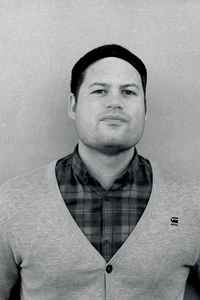
To many in Ngāi Tahu, the events of the Canterbury earthquakes had parallels with another previously catastrophic event, the fall of Kaiapoi Pā in the 1830s. Kaiapoi Pā, the largest settlement in the South Island, was beseiged by the musket-bearing armed forces of Te Rauparaha. One elder said of this event:
“Ka tahuri te riu o Te Waka a Māui ki raro.”
(The great canoe of Maui has capsized)
This dramatic saying likens the defeat of Kaiapoi Pā to the overturning of Māui’s canoe (South Island); where literally their whole world had been flipped over and irrevocably changed. The numerous hapū of Ngāi Tahu came together after this event to reclaim their tribal mana, and this can be viewed as the birth of a unified Ngāi Tahu identity.
The concept that our whole world had been flipped on its head is one which all Cantabrians can identify with since the earthquakes and, similarly, we can liken the rebuild to ‘re-righting the waka’ and moving forward together. The series of earthquakes, formed not only an event where lives were lost and buildings fell, but also where we experienced a loss of identity collectively. The rebuild is, therefore, a process by which a new collective identity can emerge, unified by this catastrophic event.
In times of great hardship that have threatened Māori communities in the past, Māori leaders have looked to the creation of whare whakairo. These whare, with their carved elements, express narratives of collective identity bringing people together under common ancestry and in association with the landscape. Sir Āpirana Ngata created the carving schools that built many of the existing whare and marae throughout the North Island, as bastions of Māori culture and to stem the tide of cultural assimilation and loss.
After the fall of Kaiapoi, a whare pūrākau (house of knowledge) was built at Moeraki to retell our stories and to restore our tribal knowledge system. Ngāi Tahu also established whare as places where their Treaty Claim ‘Te Kerēme’ could be discussed by tribal leadership and where meetings with the Land Court were held.
These whare have names such as ‘Te Mahi Tamariki’ (the work of the children) and ‘Te Hapa o Niu Tireni’ (‘New Zealand’s broken promise’), serving us through multiple generations until the 1996 Settlement. The 1996 Deed of Settlement was signed in front of a newly-built whare at Takahanga Marae in Kaikōura, a contemporary whare designed by Tohunga Whakairo Cliff Whiting and a metaphor for the future-focused Ngāi Tahu in a post-settlement era, reconciling Te Kerēme to the past.
So, in this time, the act of rebuilding the city is as much about healing the community and restoring a sense of identity in Ōtautahi/Christchurch. Just as when Māori have rebuilt their whare, it is now a time to reflect, come together and envision a new identity that encapsulates the many stories of our region, beginning with the landscape, the interrelationship of Māori to this landscape and to early European settlers, to more established occupation, to acknowledge and reconcile the impacts of colonisation, to the bustling city before the ’quakes, as well as this new post-’quake world. The following became known as the Christchurch city narrative and was Ngāi Tahu’s gift to the city.
“A Ngāi Tahu narrative stems from the layers of history inscribed by their ancestors in the landscape. A new city narrative shall emerge from an acknowledgement of the past as a pathway to the future.”
Ngāi Tahu, under Te Awheawhe Ru Whenua (Ngāi Tahu earthquake recovery working group), were heavily involved in helping communities affected by the earthquakes as a strategic partner alongside CERA and Christchurch City Council (CCC). This was an unprecedented opportunity that recognises and builds on the many years of good faith in interactions between Ngāi Tahu representatives and local and central government.
The rebuild also offered an opportunity to propose a Ngāi Tahu vision that reflected our place in the city. The idea of a post-colonial, not just a post-earthquake, city emerged, driven by Māori design and planning professionals following the leadership of local elders. Ngāi Tahu professionals in Christchurch developed key design aspirations pertaining to the future architecture and urban design of the new city. The role of Te Runanga o Ngāi Tahu as a partner in the rebuild demonstrated and reinforced the value which indigenous cultures can bring to the design of cities and post-disaster relief.
Ngāi Tahu were asked to contribute to the development of the Central City Blueprint and Recovery Plan, to develop further these aspirations for the new city and identify opportunities to express this narrative. For many this was our generation’s Te Kerēme – a chance to do Te Mahi Tamariki, to do our bit for future generations and have our ancestors and stories acknowledged in the future city.
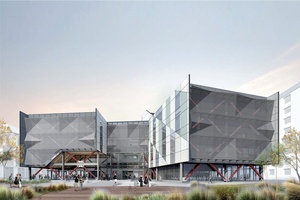
To elicit culturally appropriate and authentic design concepts, a hypothetical scenario was proposed to our elders of: how would we conduct an ‘Opening Ceremony’ at the completion of the central-city rebuild? Where in the city would such a ritual begin and where does it end? How could these future spaces accommodate such a ritual and become the backdrop to this momentous occasion?
From these conversations arose the idea that future public buildings and urban spaces needed to accommodate and allow for Ngāi Tahu ritual. Ngāi Tahu elders outlined the importance of being able to speak to the landscape of their ancestors during such processes, retaining viewsheds to prominent landscape features, native plantings, acknowledging historic trails and mahinga kai (food gathering) sites and allowing for the continued use of spaces for cultural purposes.
The opening ceremony begins at the gateway, so where would the gateway of the city be situated? The main karakia (spiritual) focus is at the poutokomanawa (centre pole of a marae) so where would the poutokomanawa of the city reside? Although the conversation revolved around the hypothetical scenario of the ‘opening ceremony’ ritual, it was a successful design tool to frame conversations with iwi elders, to ask the right questions and to develop cultural knowledge for design considerations.
To convey these concepts to a wider audience, Ngāi Tahu and Manaaki Whenua, with the support of Te Rūnanga o Ngāi Tahu, CERA and CCC, organised a two-day workshop inviting all the key organisations and professionals involved in the rebuild – from architects to engineers, construction companies and project managers, and government and council officials. This was a proactive step to present our vision for the future and develop relationships with the future-builders of Ōtautahi/Christchurch.
From these discussions we identified key spaces in the central city where the narrative could be expressed as follows:
- The Ōtākaro/Avon River forms a tāhuhu (line) connecting spaces, reflecting the landscape connection and acknowledging Ngāi Tahu values for mahinga kai.
- Victoria Square was a Ngāi Tahu kāinga (village) and place of early interaction and trade with European settlers. It is also an acknowledgement of Queen Victoria, the Treaty of Waitangi and the Ngāi Tahu claim through which the Courts were returned to Ngāi Tahu as part of the Settlement. Its location and proximity to the river makes it a key ‘gateway’ and great place to start the story of the new city.
- Te Puna Ahurea represented a real opportunity to create a distinctive architectural statement.
Ngāi Tahu involvement in the Central City Blueprint and Recovery Plan established a process for engagement where Ngāi Tahu elders, professionals, designers and planners worked together with design teams, ‘shoulder to shoulder’, to translate the aspirations of Ngāi Tahu elders into tangible design outcomes. This helped to accelerate the process of engagement with Ngāi Tahu.
This process was again followed in other key projects such as the Ōtākaro/Avon River, along which Victoria Square and Puari and Tautahi sites reside. Here, Ngāi Tahu elders were engaged early on during the RFP stage, and a clear process was established so that their knowledge was a key driver from the onset. The design process began with ritual blessings and traditional food, which helped to frame the nature of relationships and engagement.
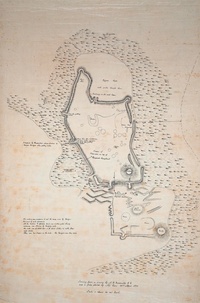
The Regional Sciences and Innovation Centre exemplified a level of engagement where Ngāi Tahu architects also formed part of the design team, to accelerate the consultation process and deliver authentic cultural design outcomes. The building is influenced by the story of Tāwhaki, who ascended the heavens and established the pathway to knowledge, and the relationship of the building to the landscape as a tool for learning and connecting to the Ngāi Tahu values for mahinga kai and kaitiakitanga (guardianship).
The Matatini Kapa Haka festival held in 2015 in Hagley Park was a great opportunity for Ngāi Tahu to make a statement about the city, albeit temporarily, and also presented a chance to thank and extend our manaakitanga to many iwi who provided aid to our affected communities after the earthquakes.
The recent creation of Matapopore (the Ngāi Tūāhuriri earthquake recovery steering group), along with a group of Ngāi Tahu artists, has since enabled commencement of work with design teams on key public projects. Matapopore’s input into the design process is developing as their experience grows, as are the design teams who are working on each new project.
Culturally integrated design is not just one element but also the combination of a good process of engagement, respect for the local context, the accommodation of cultural practices, competent designers capable of translating cultural concepts into design outcomes, continuity of a narrative from landscape to interior, artworks that complement and articulate the narratives of spaces, and opening ceremonies at completion. The inclusion of Te Reo in signage and naming of buildings and spaces, including in the documentation phase, and the weaving of Māori phrases throughout goes a long way in demonstrating a good process of engagement and design.
Architecture – as an expression of culture and identity – has the power to uplift and unify, but it also has the power to oppress and marginalise when groups are excluded from the design and construction process. For the past 150 years, Ngāi Tahu have lived in a city described as ‘little England’, void of an expression of our own culture and values. The opportunity to rebuild our city was met with the realisation that the rebuild could be a process whereby we are ‘colonised all over again’ as well.
The fact that Ngāi Tahu have had a significant place in many aspects of the rebuild as strategic partners with CERA and CCC, investors in major civic, commercial and residential projects, as engaged artists and designers, and as strong supporters of grassroots and community initiatives – attests to this not being the case.
Successive Ngāi Tahu leaders, such as Pita Te Hori, Wiremu Te Uki and Te Aritaua Pitama, have petitioned in the past for a visible presence for their people in the city but this never eventuated. Ngāi Tahu is now in a position to have a strong influence in the future of Christchurch city and, in many ways, this has been embraced as part of our new ‘post-earthquake’ identity. The rebuild of Christchurch is, therefore, not only a chance to build a city for the future but it is also a chance to fulfil these aspirations and to reconcile the past.
The future ‘style’ to emerge from Christchurch could be an architecture of reconciliation that begins to inform a wider discussion of what New Zealand architecture might be.

